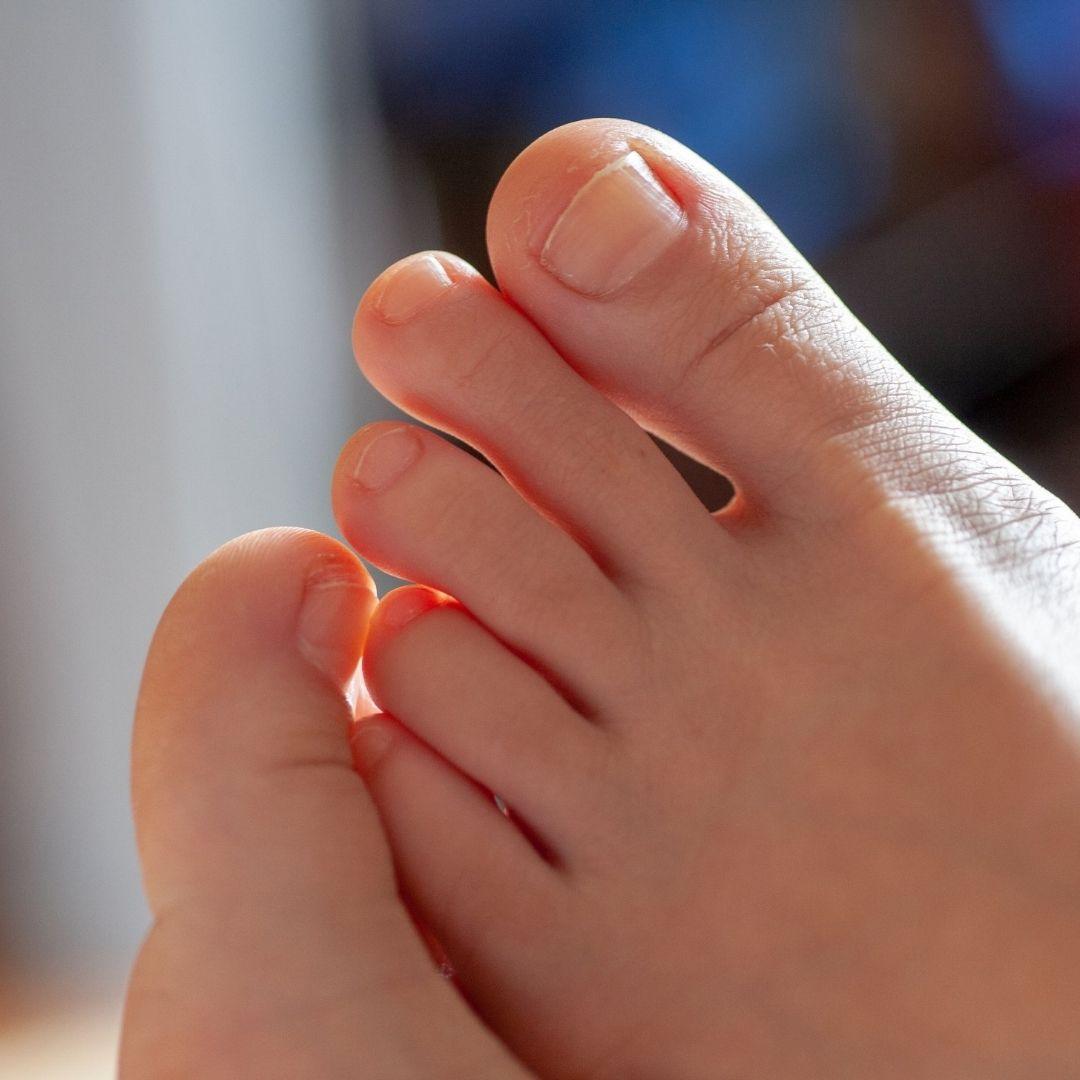
22 Feb How Do You Fix Sesamoiditis?
Most bones in the body are connected at the joints, but a few bones differ from this norm. Sesamoids are bones that connect to muscles by tendons or are embedded in muscles. Sometimes, repetitive pressure on the feet can irritate the surrounding tendons and lead to a condition known as sesamoiditis. At Cherrywood Foot Care, our podiatrists are well-versed in treating this painful overuse injury and can help you get back on your feet pain-free.
What Is Sesamoiditis?
Sesamoiditis is a form of tendonitis that occurs in the balls of the feet. The sesamoids in the ball of the foot provide a smooth surface for tendons to slide over, increasing their ability to transmit muscle forces. Since there are small sesamoid bones embedded in the tendons in the ball of the foot, the bones and tendons can become inflamed. Two small sesamoids sit under the big toe joint and provide leverage when the tendons load weight onto the ball of the foot. Activities like dancing, running, and walking in high heels frequently transfer weight to this area and can overstress the bones and tendons, causing pain and inflammation. Sesamoiditis typically develops gradually, and some symptoms can include:
- Pain under the big toe.
- Difficulty walking or bearing weight.
- Swelling.
- Difficulty bending the big toe.
- Bruising.
- Redness.
How Do You Fix Sesamoiditis?
Early treatment for sesamoiditis is typically conservative and involves rest, icing, and footwear modifications. The podiatrists at Cherrywood Foot Care will evaluate the degree of your injury and determine the appropriate treatment options. Some of the ways we address sesamoiditis include:
- Padding and Taping – We may prescribe a specific pad or strap to relieve the tension or load on the forefoot.
- Mobilization – Our team may utilize manual therapy and prescribed exercise to address any range of motion issues.
- Orthotics – Sesamoiditis orthotics can reduce the load on the injured area, relieving pain and promoting healing.
- Steroid Injections – For some patients, steroid injections may be used to reduce inflammation and pain.
- Immobilization – If symptoms persist, a removable brace may be prescribed to give the bones time to heal and reduce inflammation.
Contact Us
If you are struggling with sesamoiditis, you should not hesitate to seek treatment from our experienced team at Cherrywood Foot Care. We take your healing very seriously and will develop a comprehensive treatment plan to combat this stubborn injury. Be sure to contact us today to schedule an appointment!

